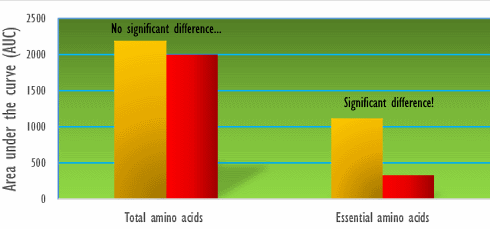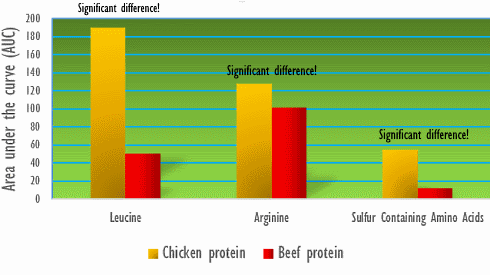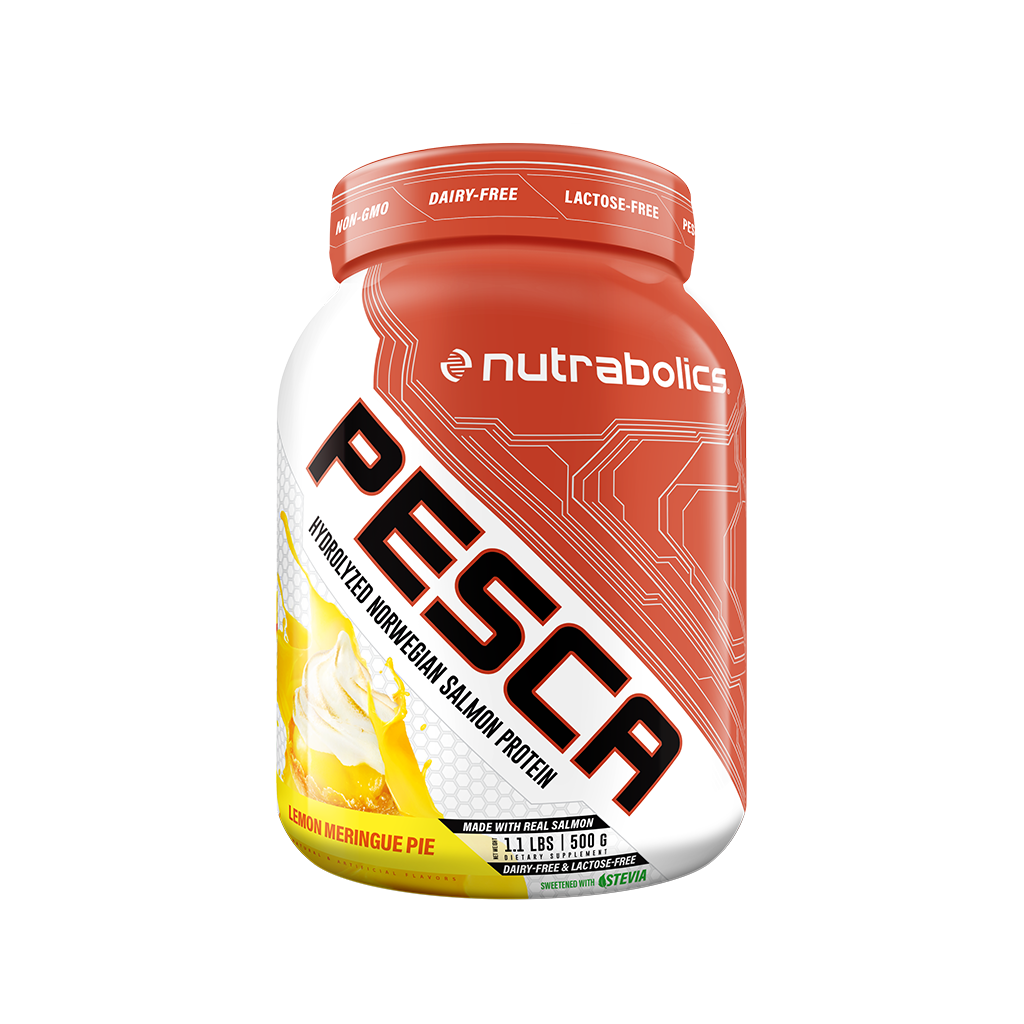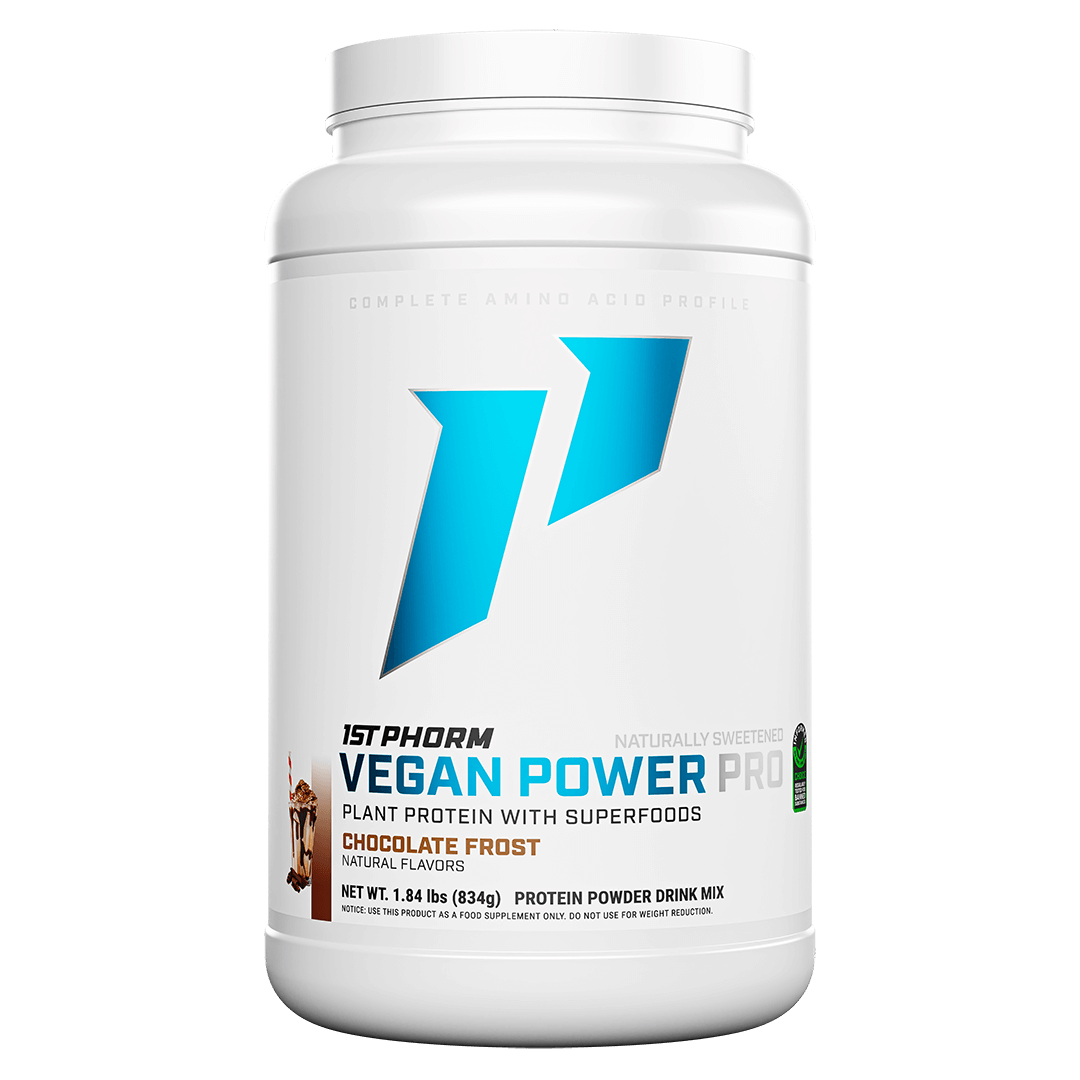Andi-in-BKK
Level 5 Valued Member
I wonder if the eggs sold here are safe for raw consumption? They aren’t refrigerated or pasteurized at all and I’ve gotten some pretty sketchy ones straight from the store.Whole Egg Mix
One method is essentially make to some type of Protein Shake with a raw egg or two mixed in.
Dr Mike T. Nelson-Raw Eggs

4 Reasons To Consume Raw Eggs For Recovery Post Training - Dr. Mike T Nelson
This article is about consuming raw eggs to improve recovery after training.miketnelson.com
Cholesterol is essential and is associated with increased protein synthesis following exercise (Woock Lee, EB abstract 2011).
According to Hope BK et al. 2002, the risk of salmonella in conventional eggs is pretty low.
They showed that 2.3 million, out of the 69 billion eggs produced annually, are contaminated with salmonella. As a percentage, that is 0.003 % of eggs are infected.
Summary
Perhaps that crazy kook Vince Gironda and other old time strongman were on to something with the consumption of raw eggs.
While science shows that the assimilation of cooked eggs is about 30% better, the protein from raw eggs does not go to waste.
The risk of salmonella is low and the convenience factor is quite high with raw eggs.
I've personally been consuming about 4 raw eggs post training 3 days a week for 4 months without any issues. My recovery has been great and I am bit leaner too.
Whole Egg Vs. Egg White Ingestion During 12 weeks of Resistance Training in Trained Young Males: A Randomized Controlled Trial
J Strength Cond Res 35(2): 411–419, 2021
Whole Egg Vs. Egg White Ingestion During 12 weeks of... : The Journal of Strength & Conditioning Research
ary purpose was to compare the effects of whole egg ingestion and egg white ingestion during 12 weeks of resistance training (RT) on muscle cross-sectional area, body composition, muscular strength, and anaerobic power in resistance-trained young males. A secondary purpose was to examine...journals.lww.com
Post exercise whole egg ingestion increases knee extension and handgrip strength, testosterone, and reduces body fat percentage compared with post exercise egg white ingestion, despite no group differences in muscle mass, in resistance-trained young males.
Dark Meat
1) Dark meat has more nutrients which are in the fat.
2) Dark meat has more fat which means more flavor.
3) Nothing is worse, in my opinion that Chicken Breast, which is usually dry since there isn't much fat.
Chicken in general is cheap here, and is about the only cheap protein I care to consume, frozen and prepackaged chicken breast is best for longevity in the fridge (flash freeze may kill off some of the microbes maybe?). Pork and “fresh” chicken goes bad insanely fast, like 12 hours in the fridge and it’s gone. Beef imported from Australia or NZ is good but it’s more expensive. Fish could be an option? Salmon is high, but cooked white fish is solid on every street corner and is pretty cheap (80-120thb/$3-4usd for a whole 12” fish)






